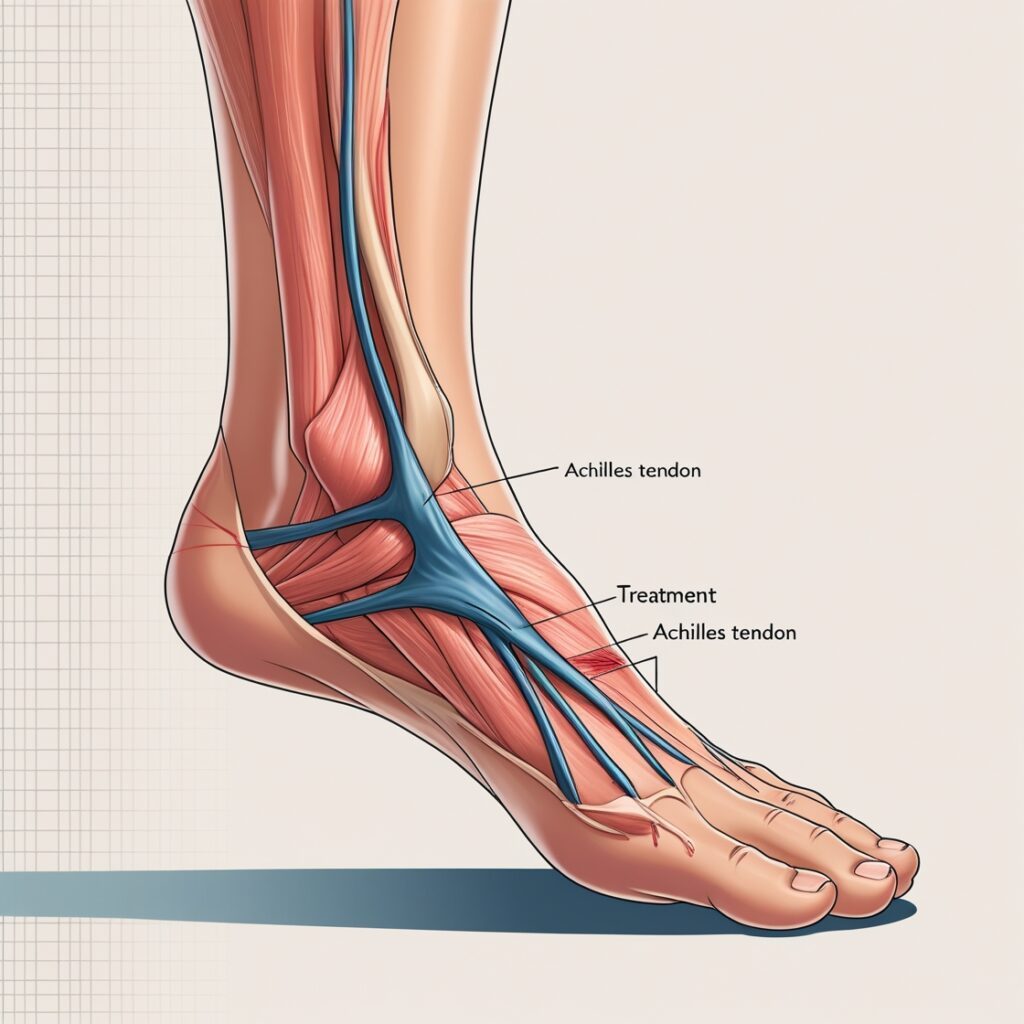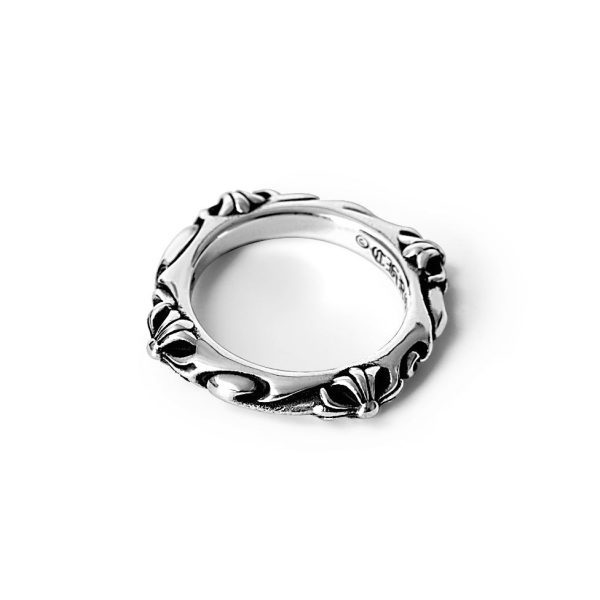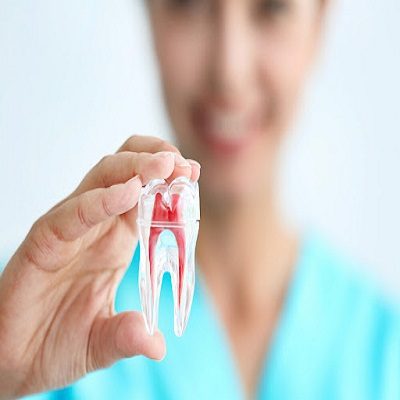The Achilles tendon, a robust band of fibrous tissue, connects the calf muscles to the heel bone. As the largest and strongest tendon in the human body, it plays a pivotal role in movement, particularly for athletes. From running and jumping to quick directional changes, the Achilles tendon is the unsung hero behind many athletic feats. Understanding its importance can help athletes optimize performance and prevent injuries.
Anatomy of the Achilles Tendon
The Achilles tendon is located at the back of the lower leg, where it links the gastrocnemius and soleus muscles to the calcaneus (heel bone). This connection allows the transfer of force from the calf muscles to the foot, enabling essential movements like walking, running, and jumping. The tendon’s unique structure provides both strength and flexibility, making it capable of withstanding immense pressure—up to 10 times a person’s body weight during physical activity.
The Role of the Achilles Tendon in Athletic Performance
1. Power Generation
The Achilles tendon acts as a spring, storing and releasing energy with each step. This elasticity is crucial for explosive movements such as sprinting, jumping, and pushing off during a race. The tendon’s ability to absorb and release energy efficiently can significantly impact an athlete’s performance.
2. Stability and Balance
In sports, maintaining balance is essential. The Achilles tendon helps stabilize the ankle and foot, ensuring proper alignment and reducing the risk of falls or missteps. This stability is particularly important in sports that involve rapid changes in direction, such as basketball, soccer, and tennis.
3. Endurance
The tendon’s ability to manage repetitive stress over time is vital for endurance athletes. Long-distance runners, for instance, rely heavily on the Achilles tendon to maintain consistent performance without succumbing to fatigue or injury.
Common Achilles Tendon Injuries in Athletes
Despite its strength, the Achilles tendon is susceptible to injuries, especially in athletes who engage in high-impact sports. Common issues include:
1. Achilles Tendinitis
This condition occurs due to overuse, leading to inflammation and pain in the tendon. Athletes who increase their training intensity too quickly are at higher risk.
2. Achilles Tendinosis
A chronic condition, tendinosis involves the degeneration of the tendon’s fibers, often resulting from untreated tendinitis or repetitive strain.
3. Achilles Rupture
A severe injury, an Achilles rupture involves a complete tear of the tendon. This typically occurs during sudden, forceful movements like jumping or sprinting.
Preventing Achilles Tendon Injuries
Given its critical role in athletic performance, protecting the Achilles tendon is paramount. Here are some strategies to reduce the risk of injury:
1. Proper Warm-Up
Warming up before exercise increases blood flow to the muscles and tendons, improving flexibility and reducing the likelihood of strain.
2. Gradual Training Progression
Avoid sudden increases in training intensity or duration. Gradual progression allows the tendon to adapt to higher demands over time.
3. Strengthening Exercises
Incorporating calf raises and other strengthening exercises can enhance the resilience of the Achilles tendon.
4. Achilles Stretches
Stretching the Achilles tendon regularly helps maintain its flexibility and reduces the risk of injury. Achilles stretches are particularly beneficial for athletes who engage in repetitive, high-impact activities.
5. Proper Footwear
Wearing shoes with adequate support and cushioning can minimize stress on the Achilles tendon. Athletes should also replace worn-out shoes promptly to maintain optimal performance and protection.
Recovery and Rehabilitation
If an injury occurs, proper recovery and rehabilitation are essential to restore function and prevent further damage. Athletes should:
- Rest and Ice: Resting the affected area and applying ice can reduce inflammation and pain.
- Physical Therapy: A tailored rehabilitation program can help restore strength and flexibility to the tendon.
- Gradual Return to Activity: Rushing back into training can exacerbate the injury. Gradual reintroduction of activity is key.
- Consult a Specialist: For severe injuries, consulting a podiatrist or orthopedic specialist is crucial for proper diagnosis and treatment.
The Psychological Impact of Achilles Injuries
Injuries to the Achilles tendon can be mentally challenging for athletes. The recovery process often requires patience and discipline, which can be frustrating for those eager to return to their sport. Psychological support, such as counseling or mental skills training, can help athletes stay motivated and focused during rehabilitation.
Innovations in Achilles Tendon Care
Advancements in sports medicine have led to innovative treatments and preventive measures for Achilles tendon injuries. These include:
1. Platelet-Rich Plasma (PRP) Therapy
PRP therapy involves injecting concentrated platelets from the athlete’s blood into the injured tendon to promote healing.
2. Shockwave Therapy
This non-invasive treatment uses sound waves to stimulate blood flow and accelerate tissue repair.
3. Advanced Surgical Techniques
For severe injuries, minimally invasive surgical options can reduce recovery time and improve outcomes.
The Importance of Professional Guidance
Athletes should prioritize regular check-ups with sports medicine professionals to assess their Achilles tendon health. Early detection of potential issues can prevent minor problems from escalating into serious injuries.
Conclusion
The Achilles tendon is undeniably vital for athletes, serving as the cornerstone for movement, stability, and power. By understanding its importance and taking proactive steps to protect it, athletes can enhance their performance and longevity in their chosen sport. Incorporating preventive measures such as proper warm-ups, strength training, and Achilles stretches into their routines can make a significant difference. For those recovering from an injury, patience and professional guidance are key to a successful return to activity. With the right care and attention, the Achilles tendon can continue to support athletes in achieving their goals and excelling in their pursuits.












